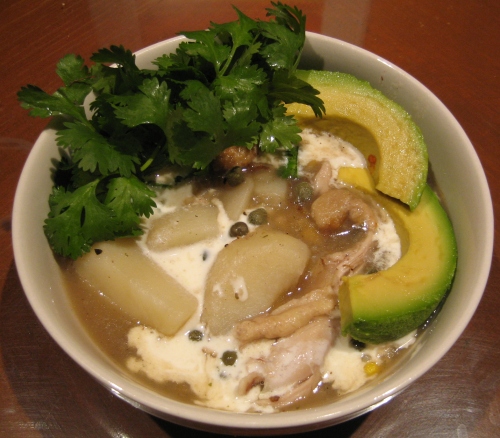This looked like a really simple recipe. Just cherry tomatoes in a vodka based marinade. The blurb in The Book tells us that “what makes these tomatoes special is that they’re peeled. Don’t worry; after you blanch them their skins slip right off”. The book lies! I blanched them well, even a few seconds longer than recommended in loads of boiling water. The skins absolutely didn’t slip off, and peeling the slightly loosened skins was a huge huge pain. The active time for this was more like 2 hours than 45 minutes. I’ll presume that I just don’t know how to peel a tomato though.
The marinade was quite good. Vodka and tomatoes are a classic pairing, apparently there are flavour compounds in tomatoes that are only soluble in alcohol, and without it we’re missing out on part of what the tomato has to give. The zest and vinegar gave the tomatoes a nice citrus bite. It’s becoming a recurring refrain here, but there was too much sugar on these. The recipe calls for a tablespoon to be added, and while I see where they were going with the sweet / citrus / vodka contrast I think they went too far. Vodka is quite sweet on its own, I’d say a teaspoon of sugar would have been more than sufficient. Maybe they calculated that amount using less naturally sweet cherry tomatoes? Who can say.
While peeling these little guys was a big hassle, it really did let the marinade penetrate the tomatoes. The tomatoes were flavour packed, and because they were peeled but not cooked you still got the delightful feeling of them popping in your mouth. I think they were tasty, but on the whole not worth the effort.
